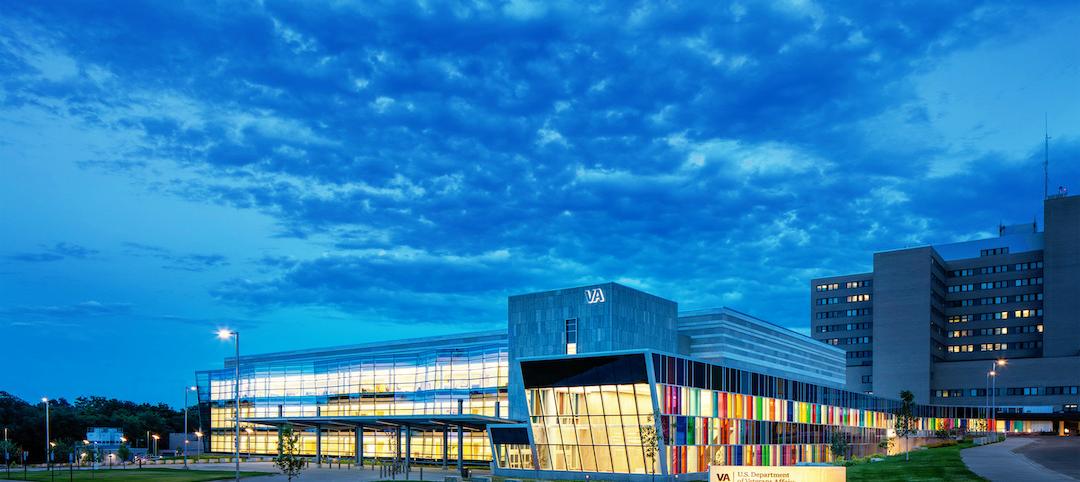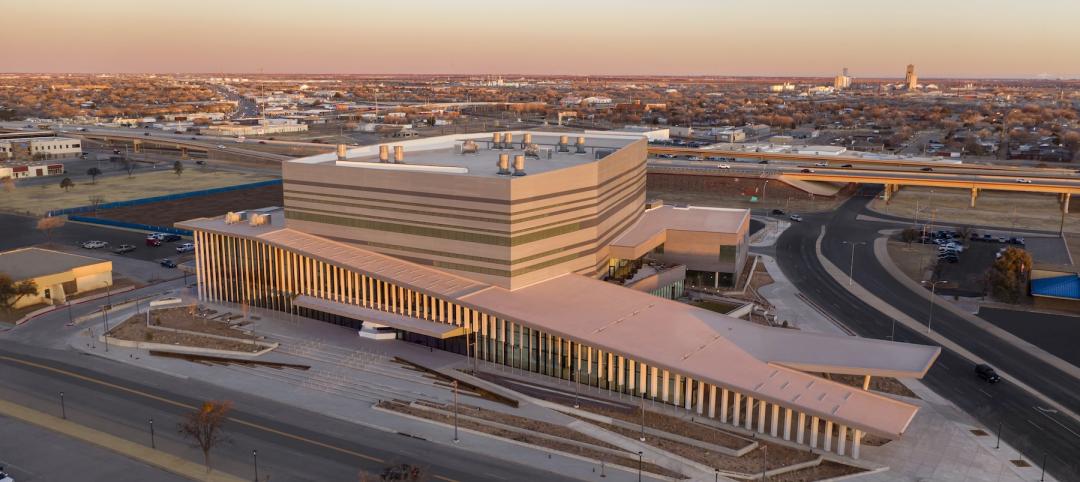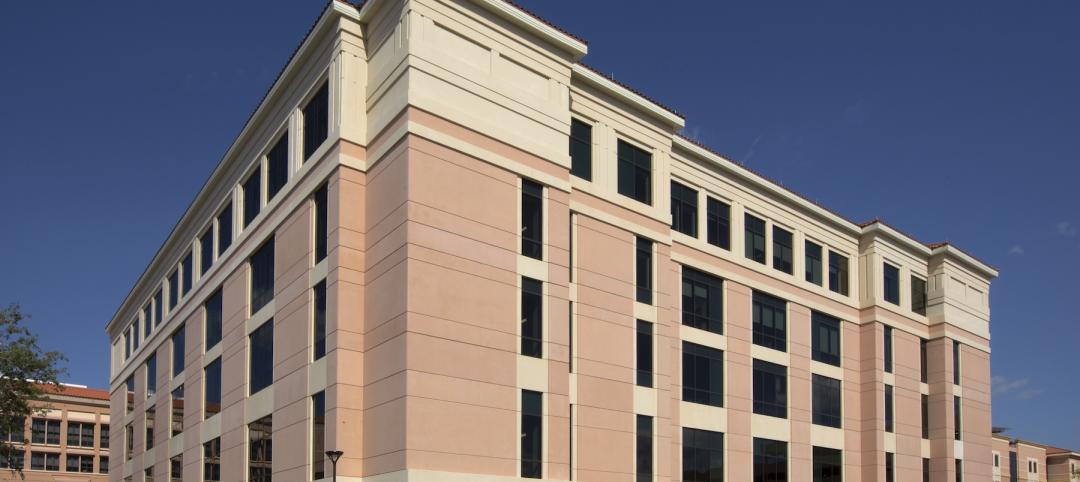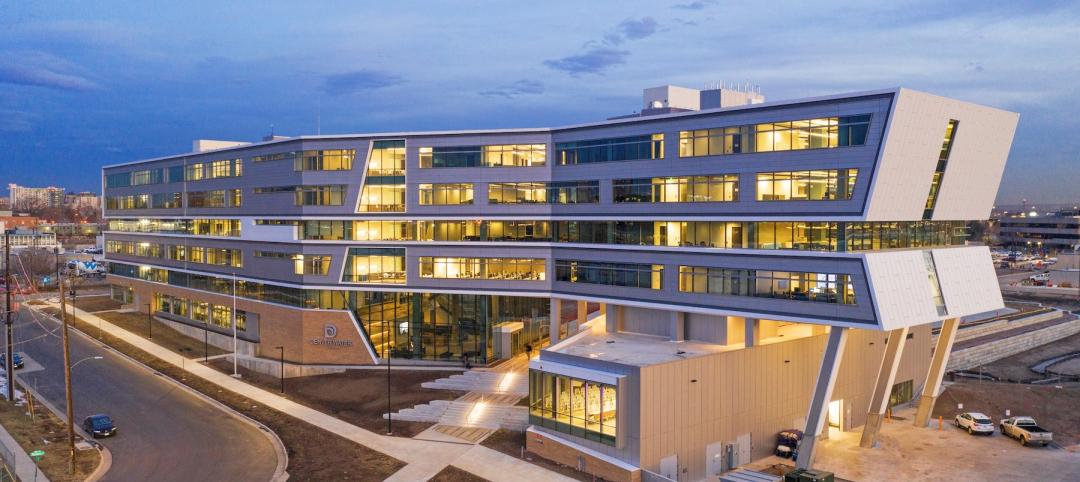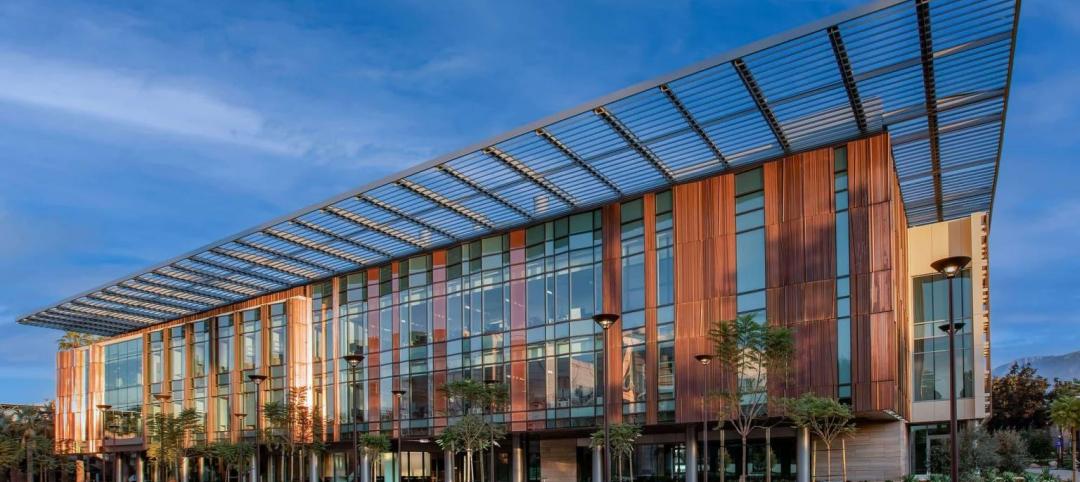BRONZE AWARD
University of California, Riverside Plant Growth Environments Facility, Riverside, Calif.
Project Information
Project size: 31,500 sf
Project cost: $21,993,111
Construction time: May 27, 2019 – November 23, 2020
Delivery method: Design-Build
Building Team
Submitting firm: DPR Construction
Owner: University of California, Riverside
Architect: Perkins and Will
Structural engineer: Coffman Engineers
Mechanical engineer: TK1SC
General contractor and Construction manager: DPR Construction
Judges’ comments:
“Amazing design and construction efforts can be very simple in concept. This project provides an elegant, detailed, collaborative solution that utilized all of the talents of the builder.”
“The raw and honest materials tie in well to the project’s agrarian roots. The GC’s ability to supplement/take over the work of a sub-tier contractor that went under reinforced its team commitment to the project.”
Essay from submitting firm:
Throughout its history, UC Riverside has been associated with the agricultural and natural sciences. Its main campus includes a district of greenhouses that were built in the 1960s. Nearly four decades later, the design-build team of DPR and Perkins and Will, along with subcontractor Stuppy Greenhouse, was responsible for creating a state-of-the-art research facility that puts science at UC Riverside on display.
The design team looked at this project as an opportunity to continue the tradition of campus architecture and create a design that balances being a contextual building with programmatic and campus goals. These include a focus on sustainability, enhancing the greenways of the campus, and fostering the collaborative culture of the campus and program.

Goals and Objectives
The two-story facility on one acre replaced older greenhouses made from wooden slats. It was constructed with concrete walls on the first floor and glass-encased greenhouses elevated above. The design used the concrete façade as the enclosure, structure, shading, and thermal mass, which links the building systems to eliminate the need for insulation, relying purely on the concrete’s thermal characteristics.
Individual growth chambers on the first-floor house plants, pathogens, and insects in separate, controlled environments. Each greenhouse module on the top floor incorporates wireless technology to adjust its own temperature, humidity, and lighting, allowing an array of plants to grow there. The facility also includes laboratory and workspaces and is the first in a series of plant growth spaces planned to replace aging greenhouses at UC-Riverside.
The raw construction materials used on the Plant Growth Environments Facility were selected to provide an unvarnished look in honor of the simplicity and beauty of the landscape.
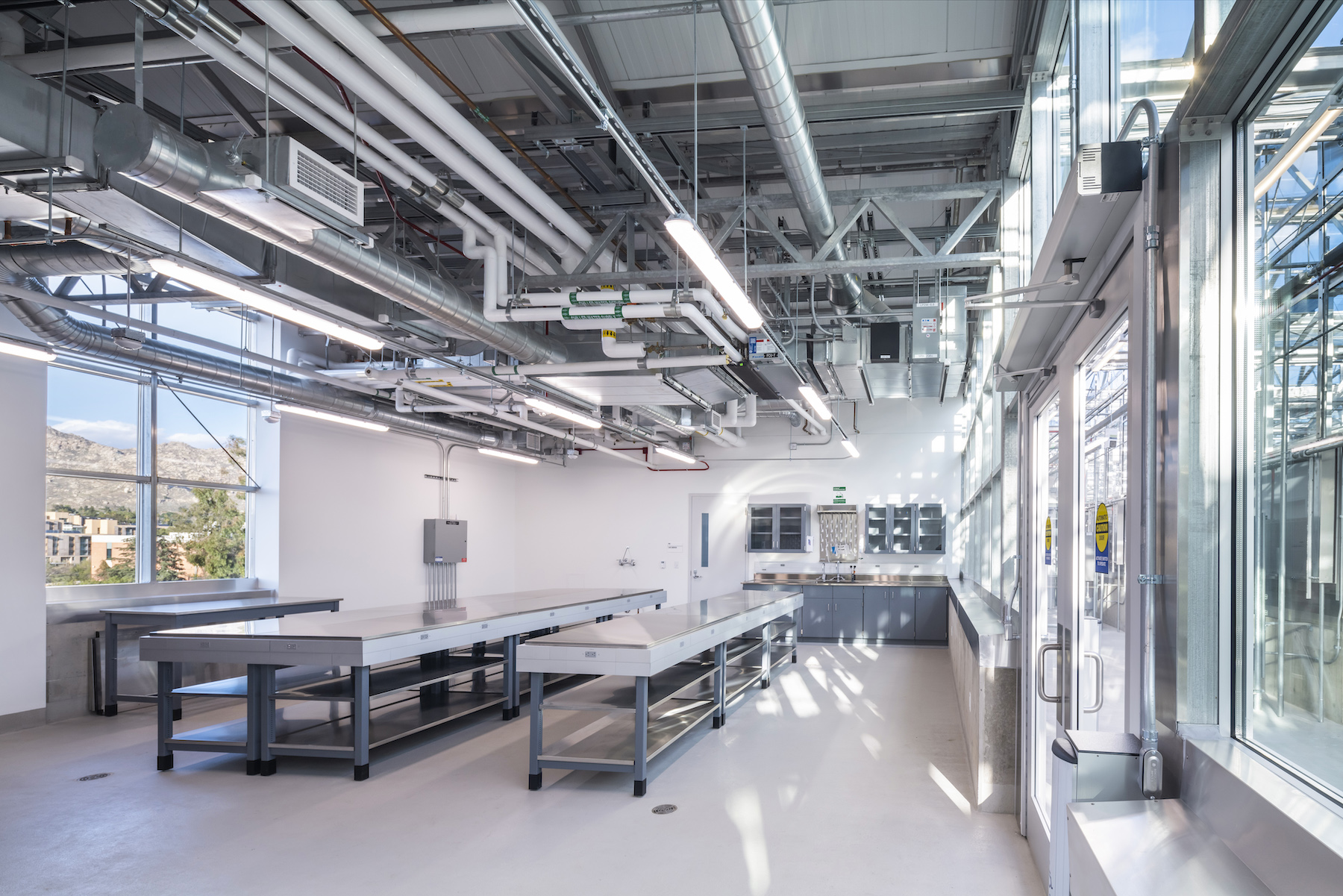
BUILDING TEAM COLLABORATION
From the beginning of the project, the design-build team analyzed design, programming, and construction simultaneously. Concepts and solutions were assessed for design merit, functionality, constructability, and coordination. That team brought vetted ideas to design and planning meetings, through which it suggested a new planning strategy that resulted in a more than 15 percent increase of research space within the greenhouses, with no increase in cost or gross square footage.
Filling an unexpected labor gap
However, the project team faced a significant challenge when a sub-tier contractor that was slated to assist Kansas City-based design-build subcontractor Stuppy Greenhouse with the specialized greenhouse construction process went out of business. The team had to devise a way to get the project back on track and ensure it would be completed as planned and to the satisfaction of the owner.
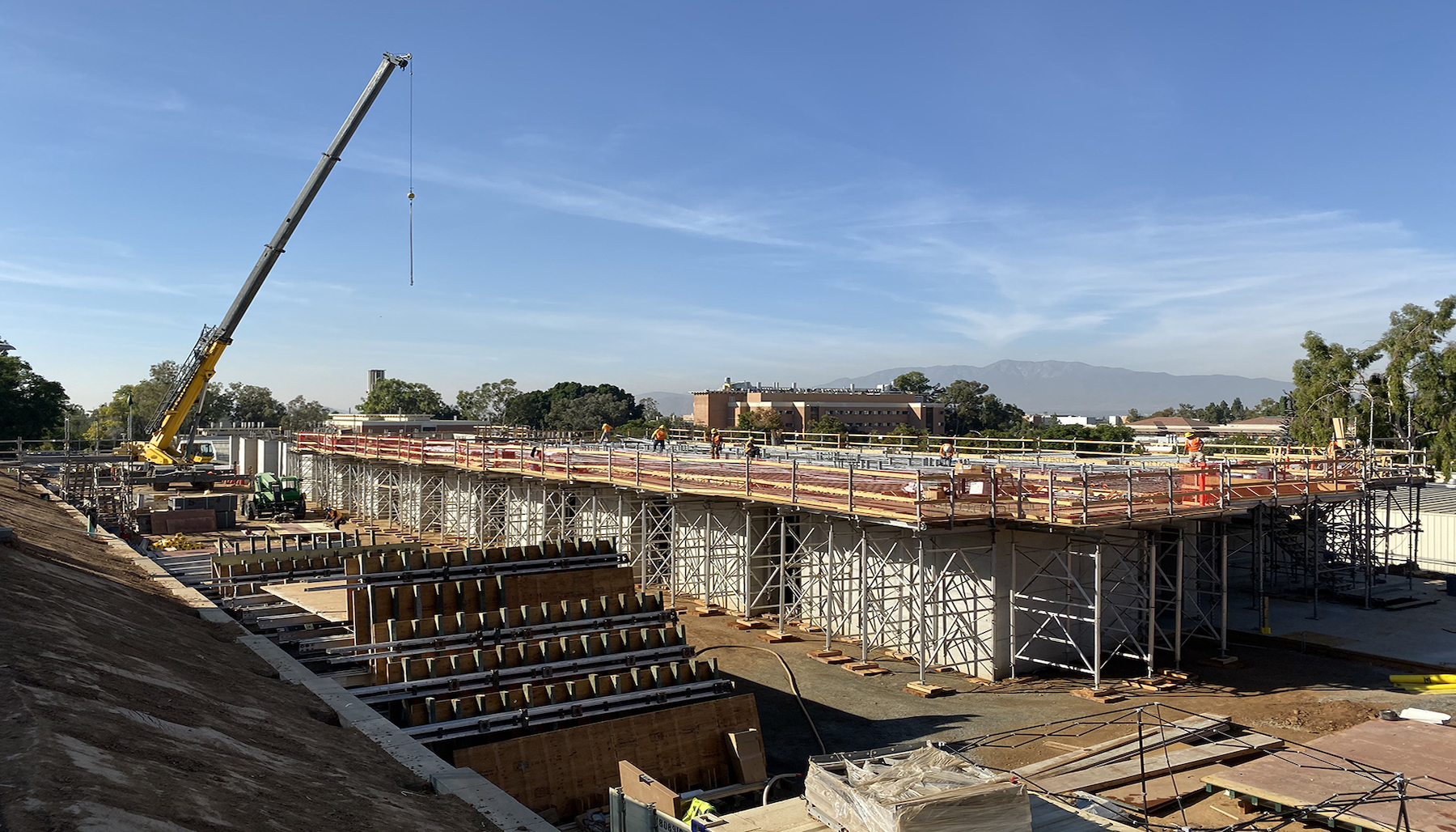
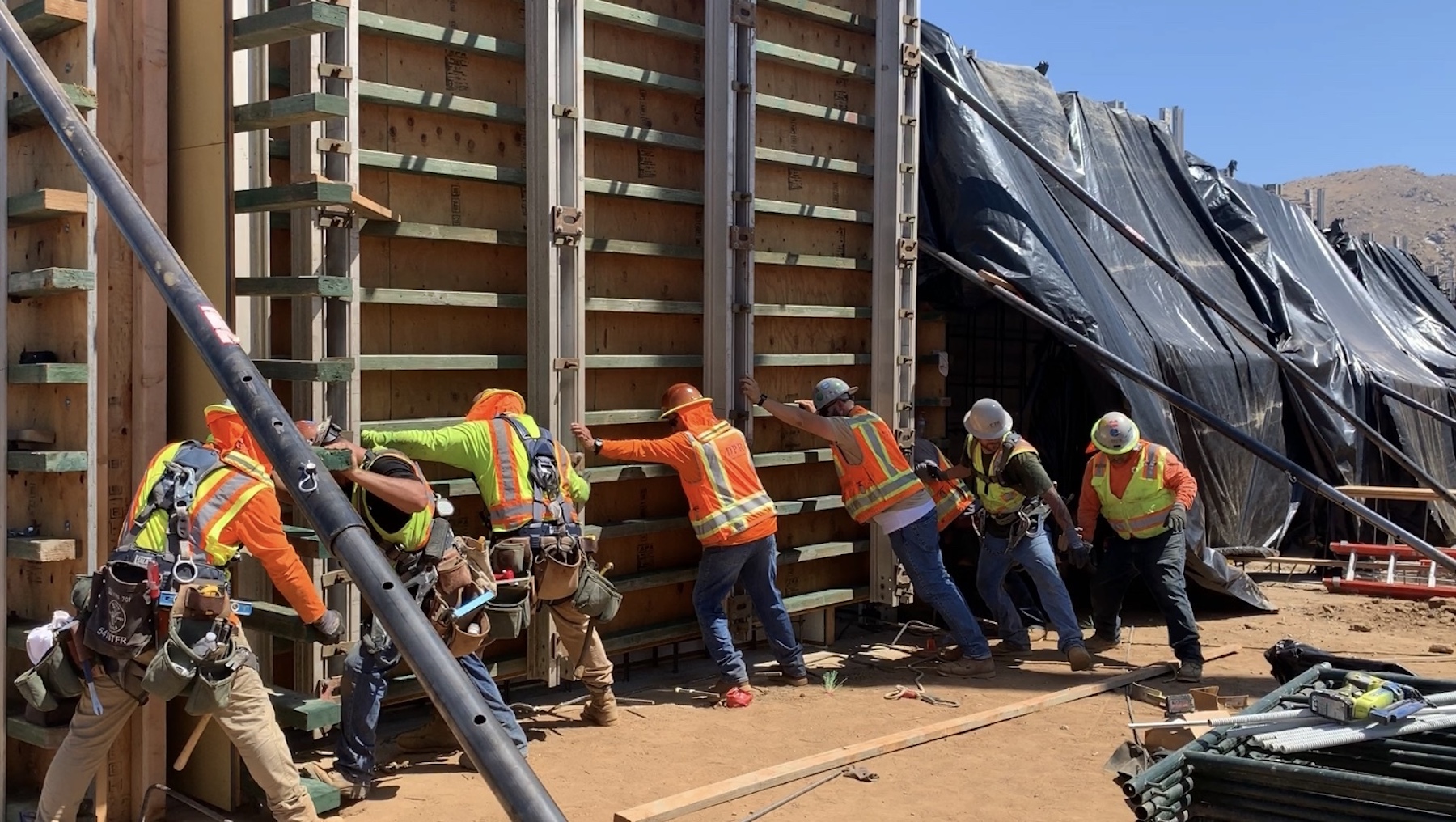
Facing the need for labor and crews to help erect the specialized greenhouse structure, DPR brought on its own self-perform carpenters to supplement Stuppy’s workforce, ultimately delivering about 10 percent of that subcontract volume. DPR’s self-perform concrete crews were responsible for delivering approximately 15 percent of the total project contract volume.
DPR superintendents were fully integrated into the subcontractor’s crews; likewise, DPR integrated Stuppy’s management team into the onsite project management team, according to project manager Paul Brown. “We took a ‘lean in’ approach to figure out a different way to get this done,” he said. “We brought everyone together to figure out a solution that would best serve the project.”
At the time work was to begin on framing the greenhouse, DPR’s concrete crew was on-site, completing the cast-in-place structure that would serve as the first-floor foundation for the glass building.
Managed material handling
The site was tight, with only one point of access and limited space between the site wall and finished concrete structure to receive and offload material. Because of the high risk of loading and offloading materials and the lack of a certified forklift driver on the part of the greenhouse vendor, DPR’s self-perform group pivoted to take on the scope of managing the hundreds of thousands of intricate pieces making up the state-of-the-art research facility.
“Given the small site and elevated work platform, material management was no small task,” said Damon Hole, who served as superintendent on the project.
Related Stories
| Aug 29, 2022
Montana becomes first U.S. state to approve 3D printing in construction
Montana is the first U.S. state to give broad regulatory approval for 3D printing in building construction.
Architects | Apr 22, 2022
Top 10 green building projects for 2022
The American Institute of Architects' Committee on the Environment (COTE) has announced its COTE Top Ten Awards for significant achievements in advancing climate action.
Concrete Technology | Apr 19, 2022
SGH’s Applied Science & Research Center achieves ISO 17025 accreditation for concrete testing procedures
Simpson Gumpertz & Heger’s (SGH) Applied Science & Research Center recently received ISO/IEC17025 accreditation from the American Association for Laboratory Accreditation (A2LA) for several concrete testing methods.
2021 Building Team Awards | Jan 14, 2022
First public-private partnership project in Veterans Administration history saves $34 million in costs
LEO A DALY and McCarthy Building Companies head the project team for the Omaha VA Ambulatory Care Center in BD+C’s 2021 Building Team Awards.
Building Team Awards | Dec 8, 2021
A performing arts center celebrates a legendary rocker and his birthplace
Buddy Holly Hall in Texas receives BD+C’s Silver Building Team Award.
Building Team Awards | Dec 7, 2021
A rapid response to a health emergency
Baptist Hospital of Miami’s 233-bed Hope Tower receives BD+C’s Bronze Building Team Award
Building Team Awards | Dec 2, 2021
An academic ‘precinct’ brings arts and sciences together
Wofford College’s Chandler Center for Environmental Studies receives BD+C’s Silver Building Team Award.
Building Team Awards | Dec 1, 2021
Denver sets the bar for water reclamation and reuse
A new administration building for the city’s water utility company scores Platinum in BD+C’s 2021 Building Team Awards.
2021 Building Team Awards | Nov 17, 2021
Caltech's new neuroscience building unites scientists, engineers to master the human brain
The Tianqiao and Chrissy Chen Institute for Neuroscience at the California Institute of Technology in Pasadena wins a Gold Award in BD+C's 2021 Building Team Awards.
Giants 400 | Aug 11, 2021
BD+C Awards Programs
Entry information and past winners for Building Design+Construction's two major awards programs: 40 Under 40 and Giants 400






